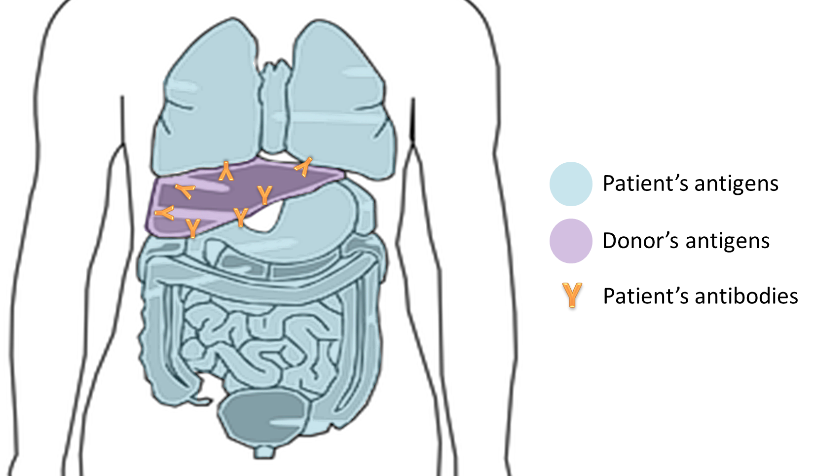There are 6 tough HSC Biology ideas college students battle with within the HSC Biology examination. Usually that is brought on by complicated two related ideas. Be sure to have the next 6 HSC Biology ideas clarified!
HSC Biology Idea 1: Distinction Between Amino Acids, Polypeptides and Proteins
College students typically get amino acids, polypeptides and proteins confused. You will need to perceive these phrases as a way to perceive translation and the experiments of Beadle and Tatum.
Amino acids type the constructing blocks of the proteins in our physique. They’re composed of various preparations of Carbon Hydrogen Oxygen and Nitrogen (CHON). Some amino acids are absorbed from our meals (important) and others must be synthesised (non-essential).
Recall that amino acids are joined collectively by peptide bonds throughout the translation course of to type polypeptides.
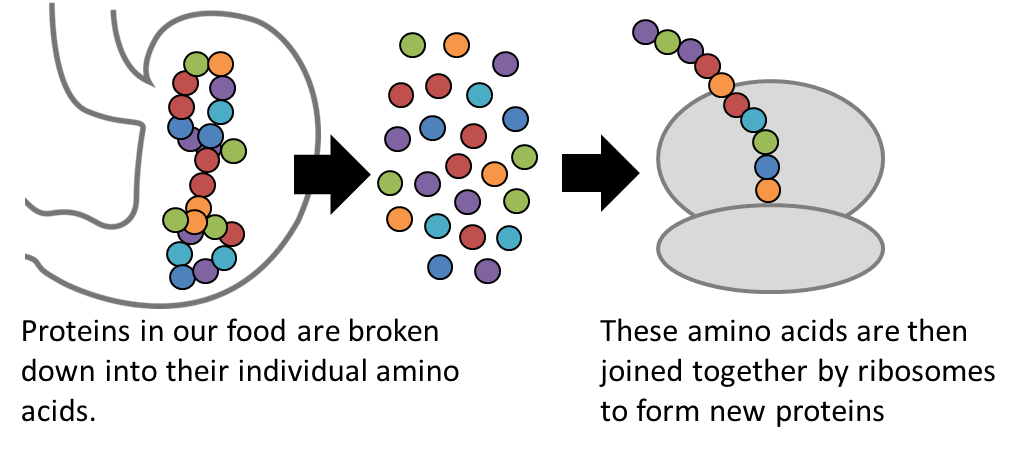

Particular person amino acids are joined collectively to type polypeptides. Proteins are composed of a number of polypeptides which were joined collectively and given a 3D configuration. Till they’ve the right configuration, proteins is not going to be ‘purposeful’.
HSC Biology Idea 2: The Distinction Between DNA Replication and Transcription/Translation
College students can get these confused as they each contain unzipping of the DNA within the first stage, however the finish merchandise are very completely different.
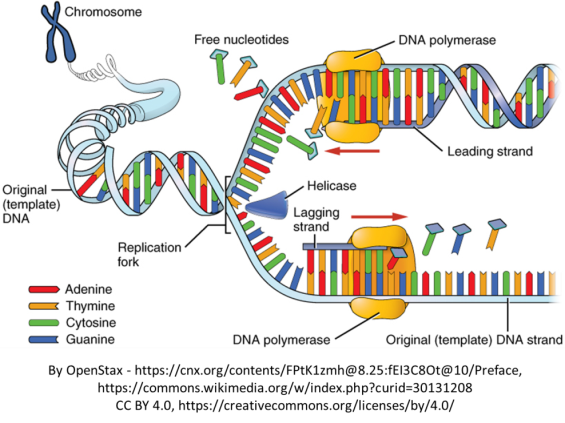
DNA replication solely happens in preparation for cell division (meiosis or mitosis). The DNA is unzipped by helicase, then every half of the DNA strand is used as a template. Complementary nucleotides are added by DNA polymerase and the tip product is 2 similar copies of a chromosome.
Transcription and Translation
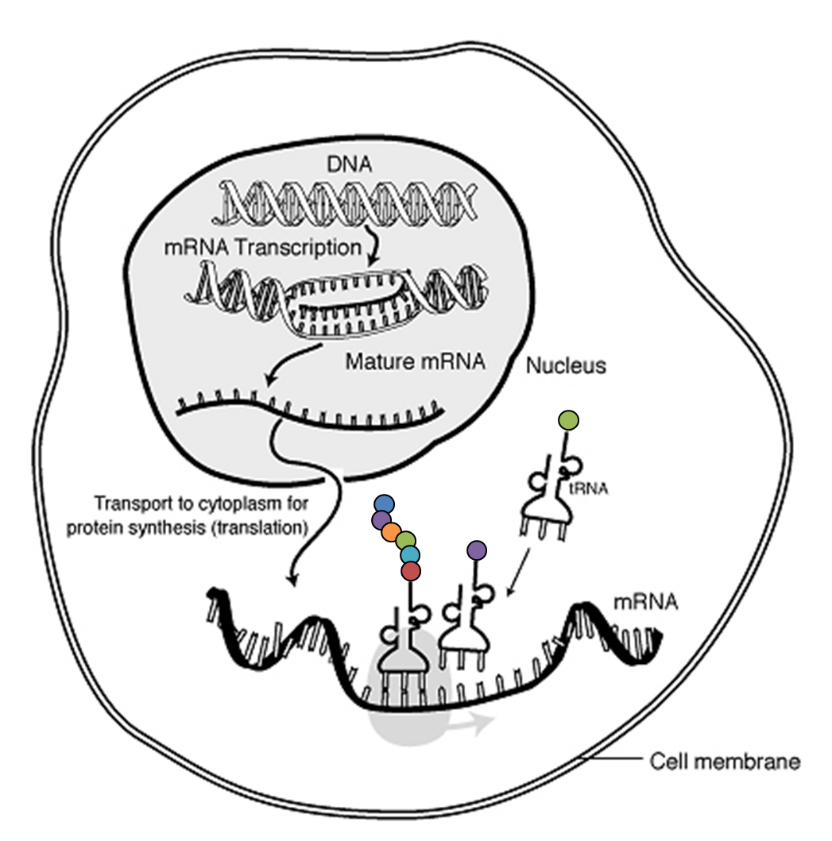
Transcription and translation (protein synthesis) occurs throughout interphase. Contained in the nucleus, DNA is unzipped by helicase, however solely on the location of a particular gene. A single strand of complementary mRNA is produced by RNA polymerase after which the mRNA leaves the nucleus. Transcription is full.
Within the cytoplasm a ribosome ‘reads’ the mRNA. tRNA molecules enter the ribosome and drop-off amino acids. The ribosome joins the amino acids collectively utilizing peptide bonds, the tip product is a polypeptide chain.
DNA replication |
Transcription and translation |
|
Happens |
Solely earlier than cell division | Throughout interphase |
Finish product |
Two similar copies of a chromosome | A polypeptide |
Models of finish product |
Nucleotides | Amino acids |
Location |
Within the nucleus | Transcription within the nucleus then translation within the cytoplasm |
HSC Biology Idea 3: Beadle and Tatum
Bear in mind: all enzymes are proteins, however not all proteins are enzymes!
As a way to perceive the experiments carried out by Beadle and Tatum, college students should recall that enzymes can catalyse reactions to alter one product into one other. On this method, they can be utilized to synthesise new amino acids from current ones.

Beadle and Tatum’s experiment used a bread mould that wants the amino acid Arginine to develop. If Arginine isn’t out there within the rapid setting the bread mould can synthesise Arginine from the amino acid Glutamate utilizing 4 completely different enzymes. That is known as the Arginine synthesis pathway.

On the time, the Arginine synthesis pathway was effectively understood, however the function of DNA on this pathway was unknown. Beadle and Tatum had a speculation that energetic DNA segments known as genes coded for every enzyme.
To check this speculation they uncovered many samples of the bread mould to radiation as a way to trigger mutations of its DNA. Totally different samples of bread mould ended up with completely different mutations.
In some samples the bread mould didn’t develop because the mutations had interrupted the Arginine synthesis pathway. For instance, in some samples it was discovered that the Arginine synthesis pathway was stopping at Citruline. Nonetheless, when the bread mould was provided with Arginosuccinate within the development medium it may synthesise Arginine and develop usually.
This indicated to Beadle and Tatum that the bread mould may synthesise Citruline, however not Arginosuccinate (and subsequently not Arginine). The radiation had prompted a mutation on the gene for Enzyme 3 on the Arginine synthesis pathway.
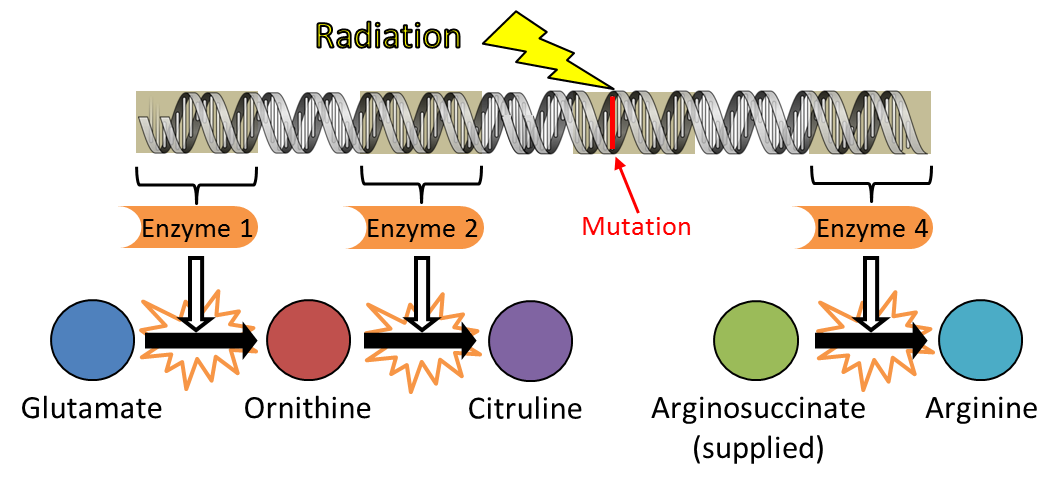
By producing strains of bread mould with completely different mutations, Beadle and Tatum may repeat the method to determine the gene for every of the 4 enzymes.
The one gene, one enzyme (or protein) speculation was later modified to the one gene, one polypeptide speculation when it was found that every gene codes for a person polypeptide and that a number of genes might be concerned in coding for an enzyme (or protein).
HSC Biology Idea 4: The distinction Between Entire Organism Cloning and Gene Cloning
Entire organism cloning sometimes includes taking an unfertilised egg cell from one particular person and eradicating the nucleus. A nucleus is then taken from a somatic cell (physique cell) of a distinct particular person and inserted into the egg cell. The egg is stimulated (to imitate fertilisation) and the egg cell ought to begin to divide and type an embryo.
The embryo is then implanted in a surrogate mom. The ensuing offspring will solely have bodily traits of the person that donated the nucleus, as that is its solely supply of DNA. The everyday instance of that is Dolly the sheep.
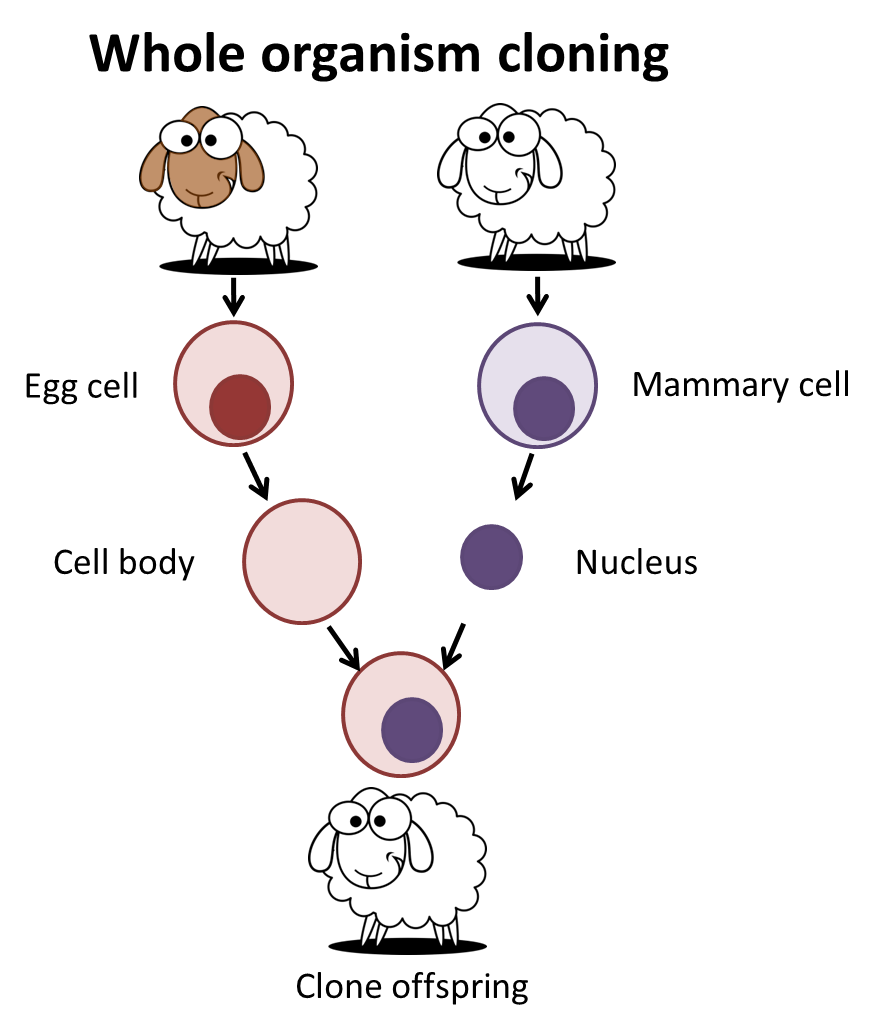
In gene cloning a gene of curiosity is recognized, typically on the human genome, and minimize out utilizing restriction enzyme. The DNA (plasmid) of a bacterium is then minimize open (utilizing restriction enzyme once more) and the gene is inserted into the plasmid utilizing DNA ligase. The micro organism is then inspired to multiply leading to many copies of the gene of curiosity.
The gene could also be multiplied so it may be inserted into a distinct organism later (e.g. a plant), or the gene could also be expressed by the micro organism (through transcription and translation) in order that it produces a helpful product (e.g. insulin). Some college students neglect to incorporate the function of plasmids and micro organism when describing gene cloning.
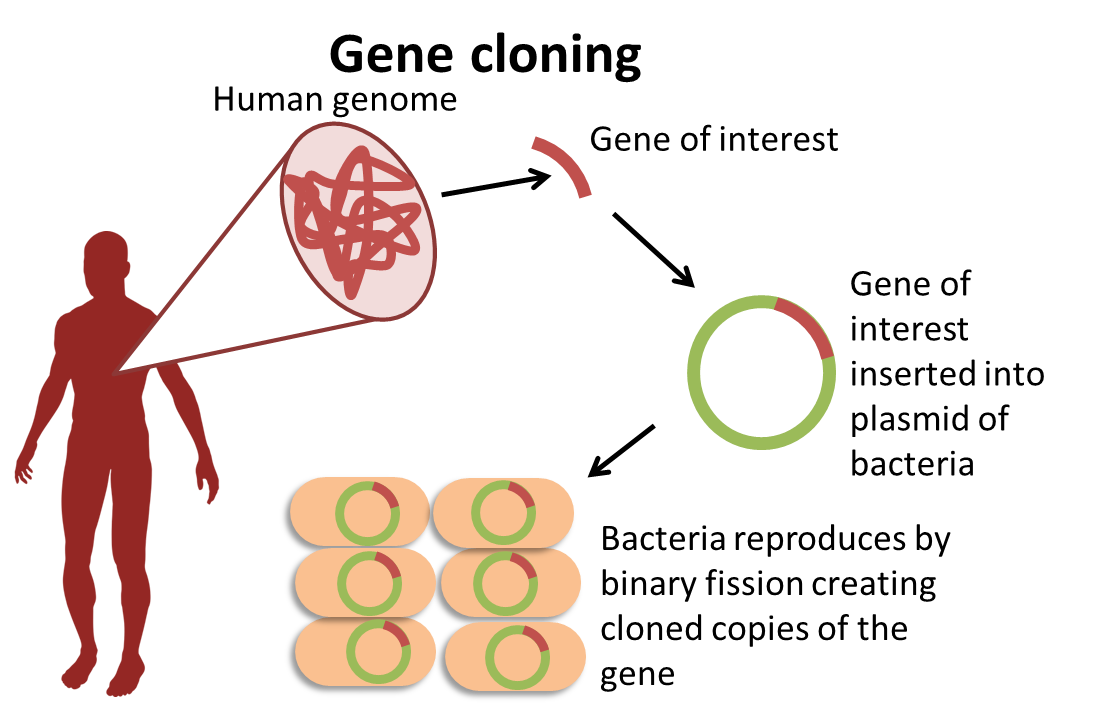
HSC Biology Idea 5: The distinction Between Antibodies and Antigens
Antigens are proteins discovered on the floor of pathogens corresponding to micro organism or viruses that enter the physique.
Antibodies are produced by B-Cells and bind to the antigens serving to to disable the pathogen and mark it for destruction.
Antiour bodies are produced by your physique, antigens (antiphysique generators) are from exterior of the physique!
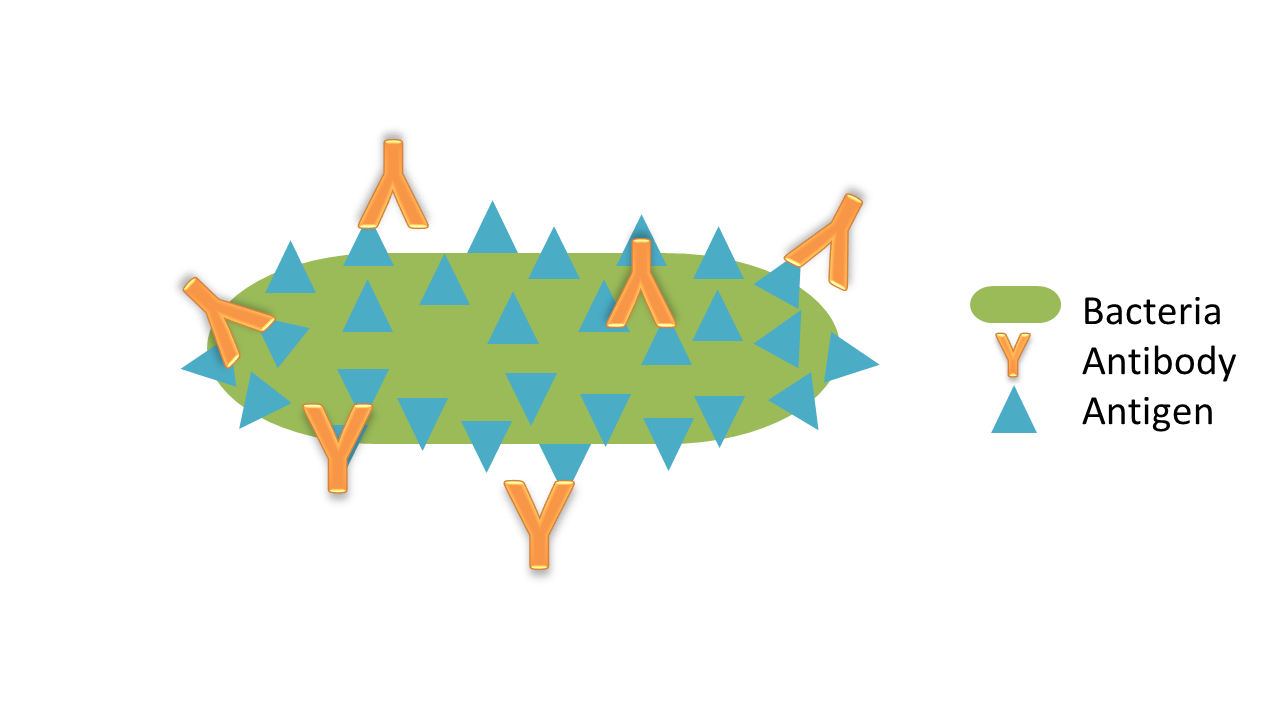
Sadly antigens are discovered on some substances that aren’t truly pathogens corresponding to pollen or transplanted organs.
HSC Biology Idea 6: Antigens and Organ Transplants
Your organs have antigens on their floor. Your immune system recognises these as a part of your physique and doesn’t launch an immune response in opposition to them.
Nonetheless, organs or elements of organs might be transplanted from the physique of a donor into the physique of a affected person.
The donated organ can have floor antigens distinctive to the donor and so the affected person’s physique recognises these as international. The immune system will assault these international cells and attempt to destroy the donated organ.
The affected person is given immune suppressants to cease the physique from attacking the donated organ, however this leaves the affected person extra prone to precise pathogens that trigger sickness. The affected person should stay on immune suppressants for the remainder of their life.
